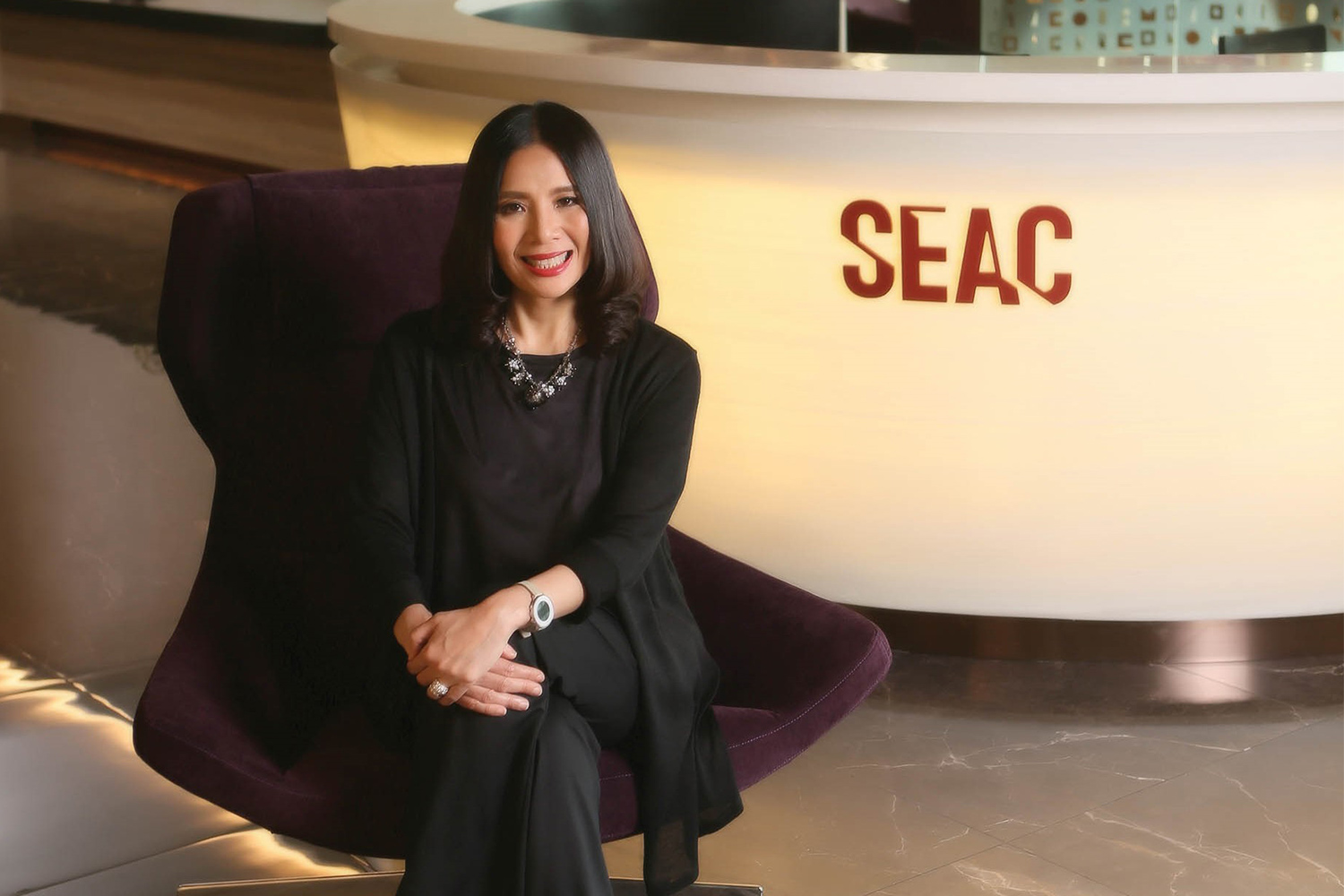
The ongoing disruption means much of how we do business still needs to change. This is especially true in my area of interest, helping organisations empower their people by building the capabilities they need.
But first, let me ask you, did you ever own an iPod?
Apple’s iPod was a game-changer. Beautiful technology made it look great, easy to use, and it felt cutting-edge. It changed how we could enjoy music. But time moved on. New technologies now better integrate how we can listen to music into daily life. Whether through our phone or smart-speaker technology like Alexa, new approaches delight and surprise us and introduce us to new musical experiences. Unsurprisingly, there seems to be something better that works for more people every year.
The approaches companies take to developing learning and capabilities at speed and scale must follow the same path.
Last year demonstrated that day-long training courses and stand-alone learning systems were not agile enough. Instead, identifying obsolete capabilities and quickly replacing them became essential. Using technology to meet immediate learning needs became the only way to achieve scale and speed. Quickly letting go when better methods appeared, not hanging on to the past, was critical.
Finding your Focus
Whatever your company does, 2020-21 likely transformed your products and services and how you deliver them. At SEAC, we completely reimagined parts of our business and radically reorganised around new key processes and outputs. Like many organisations, we dropped what was no longer working and identified and developed what we hoped would create success.
In my case, the leaders I worked with now needed insights and approaches for the immediate situation, not the longer-term future. For example, they were interested in new applications specific to their industry and in applying what worked for them.
They wanted only the essential how-to information to improve performance, not models or theory. Their situation had transformed their needs (not necessarily their preferences).
We had to transform to serve them. We knew what we needed to deliver differently, and I ensured that all my people were clear on what to develop quickly to do it. We transformed how we learned. We shared what was working and what was not with daily stand-up meetings. We iterated.
We used multiple approaches to learn the right direction to go and shared for collaborative improvement. We collected feedback constantly. We found, discussed, adjusted, applied resources, and coached each other.
Testing on the job
We all took new methods and tested them on the job. We went back and learned from them together to create focused reskilling at speed and scale. We ensured the learning cascaded to everyone who needed it using a mix of technology, formal and collaborative learning.
Our learning could also be fun. We changed from day-long sessions to weekly rapid capability development sessions to internal TikTok videos as we found what worked in each case.
In short, we learned what we need to learn and we learned how to improve how we learned to succeed. We replaced our “iPod”, and it confirmed some truths about upskilling at speed and scale for us:
Focus on the new approaches needed: Training to do new things often requires new, more effective methods than traditional learning. Some are more sophisticated, but many are not. Identifying and investing in the right fit approach is critical.
Focus on new ways of thinking about development: We need to change the culture around learning. At SEAC, we needed to stop just looking at getting better at what we thought was our job. We instead developed capabilities quickly to meet company needs. We also had to look at it as a team sport and understand the needs of different learners to make it work.
Focus on finding new ways of empowering individuals: We learned when we could rely on technology, when on individual discipline, and when we needed something else entirely. To achieve scale, we accepted we had to replace or iterate our capability development “iPod” many times.
Focus on what works, not what we have built: We learned to accept that we would never finish. We never found a perfect way. We had to see what we had invested (time and resources) as an investment in our learning. But when we learned something new and more effective, we could not be sentimental or egotistical.
Replacing our “iPod” was not easy, and it certainly was not perfect. We previously considered ourselves experts, but we constantly found more cost-effective and impactful approaches.
Get your focus right, and it is a more effective strategy for building your organisation’s future, than looking endlessly for new hires.
Arinya Talerngsri is Chief Capability Officer and Managing Director at SEAC — Southeast Asia’s Lifelong Learning Center. She can be reached by email at arinya_t@seasiacenter.com or https://www.linkedin.com/in/arinya-talerngsri-53b81aa. Talk to us about how SEAC can help your business during times of uncertainty at https://forms.gle/wf8upGdmwprxC6Ey9
